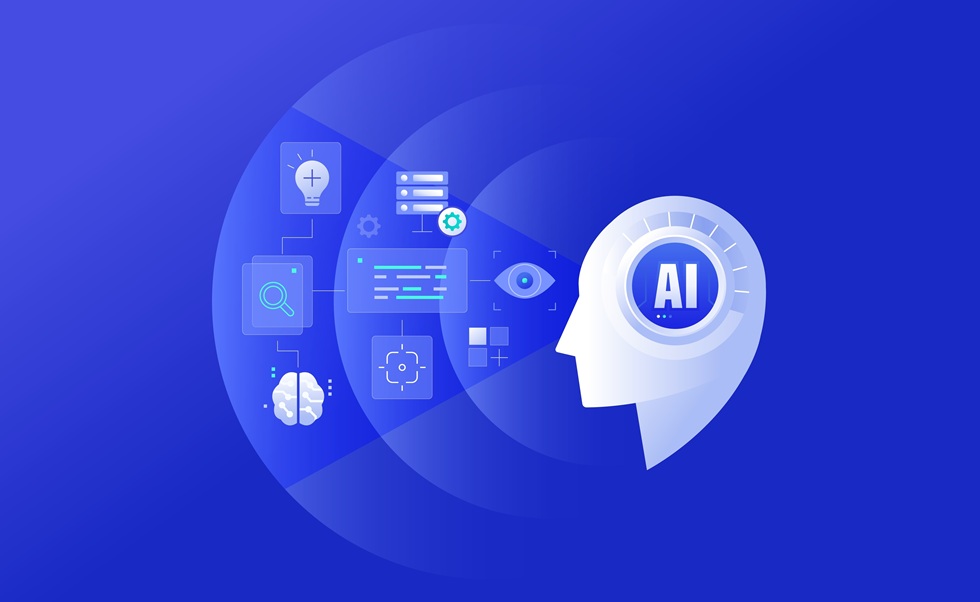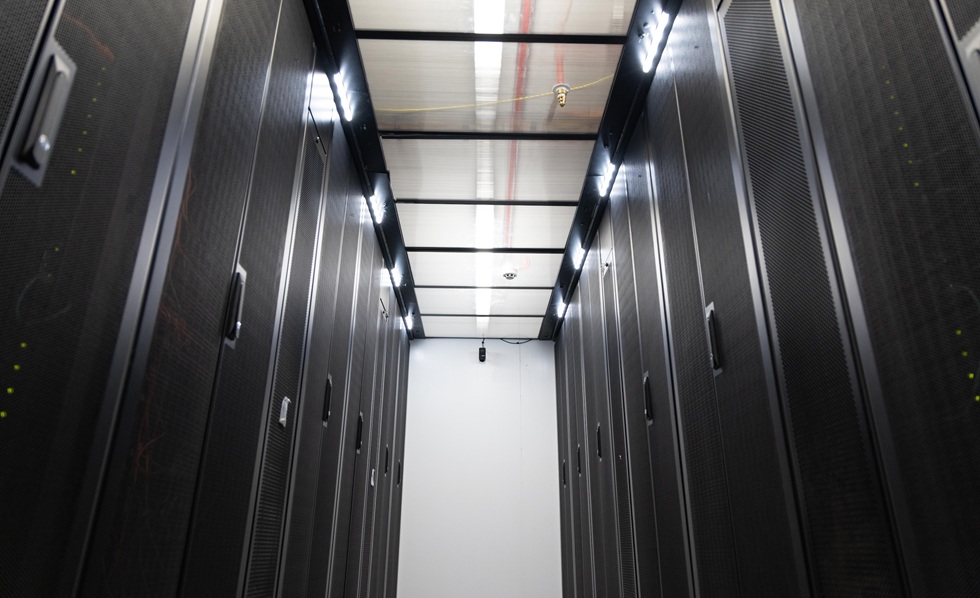As AI moves from pilots to production, orchestration and governance are redefining what enterprise success looks like. The future belongs to organisations that can embed responsible intelligence at scale, balancing human insight, repeatability, and trust.
Across every major industry, enterprises are wrestling with the same paradox. Artificial intelligence is no longer the domain of research labs or digital-native disruptors. It is now embedded in boardroom strategies, budget lines, and transformation roadmaps. Yet despite the investment and enthusiasm, many organisations remain stuck in what has become the most expensive bottleneck in modern business: the pilot phase.
Executives talk about progress, but production systems tell another story. Models are trained, prototypes built, and proofs of concept launched, only for momentum to fade as governance gaps, integration challenges, and cultural inertia take hold. For many, AI still feels like a series of disconnected experiments rather than an orchestrated strategy.
Angela Daniels, Chief Technology Officer for the Americas, Consulting and Engineering Services at DXC Technology, has seen this pattern repeat across sectors. “So many enterprise clients get stuck in the pilot phase because they do not have a holistic view of how to implement AI solutions,” she explains. “They focus on the immediate use case rather than the framework that will allow multiple use cases to thrive. A repeatable structure matters. Without one, every new AI deployment becomes an experiment rather than a process.”
That structure, Daniels argues, must extend far beyond technology. Successful orchestration demands alignment across architecture, people, and policy, a full-stack approach to transformation. “Repeatability means that the accelerators, the data models, and the governance principles are built to travel,” she continues. “You can refine them for each environment, but the foundations stay consistent. That is what allows AI to compound in value over time, not just deliver a one-off result.”
The shift from experimentation to orchestration represents a more profound rethinking of how enterprises create value. Instead of deploying AI as an isolated capability, leading organisations are embedding intelligence into the operational fabric of the business. This new model relies on a balance between structure and flexibility, systems that can adapt, learn, and scale without losing control.
From human oversight to human amplification
The early narrative of AI was dominated by the idea of replacement, machines displacing humans through automation. Daniels sees the opposite trend taking hold. The most effective AI systems are designed not to replace expertise but to extend it. “A lot of companies once thought that humans could be replaced,” she says. “Our approach is that humans are elevated and amplified through AI. Context and expert judgement remain vital, and the systems must be designed around that reality.”
This philosophy, often described as human-plus, reframes the relationship between people and machines. Rather than pushing for total autonomy, enterprises are beginning to pursue layered intelligence. AI becomes the first mover in decision-making, but not the final authority. “The real question is what we are making autonomous,” Daniels explains. “We work with our clients to understand the business problem, the desired outcome, and how agents can support rather than supplant human roles.”
That collaboration evolves through stages of maturity. Some teams are still AI-assisted—using generative models for research, summarisation, or decision support. Others have moved to AI-augmented operations, where agents actively collaborate with human developers, analysts, or engineers. The most advanced are becoming AI-native, with systems capable of autonomously generating outputs before passing them to human reviewers for validation.
“The journey is never uniform,” Daniels continues. “Each organisation moves at its own pace. What matters is that they build the right feedback loops, where human insight refines AI models, and those models in turn elevate human capability. The goal is not total autonomy but calibrated collaboration.”
That iterative relationship defines the future of intelligent operations. In healthcare, AI systems triage and analyse before human clinicians review results. In finance, machine learning identifies anomalies while experts interpret context. Across industries, the most resilient AI deployments are those in which the algorithm’s precision aligns with human intuition.
Governance as an embedded discipline
The more deeply AI integrates into enterprise systems, the more critical it becomes to embed governance as a core architectural principle. For years, compliance and ethics have been treated as separate conversations, meaningful but often peripheral to the engineering process. Daniels believes that the model is no longer sustainable.
“We are embedding governance frameworks directly into the agents themselves,” she explains. “Whether it is compliance, observability, or ethical guardrails, they cannot live in documents; they must live in code.”
This approach signals a shift from policy to practice. As agentic systems evolve, learning from data, adapting in real time, and making complex decisions, traditional oversight models struggle to keep pace. Embedding responsible AI directly into algorithms ensures that accountability scales alongside capability.
The logic is simple but profound. Governance that depends on human checkpoints becomes a bottleneck; governance that lives within the system becomes a safeguard. Daniels describes this as operationalising ethics: “Our insight layer ensures visibility across every implementation. It is about making governance operational, not theoretical. Sovereignty, resilience, and compliance have to coexist with speed.”
That coexistence is perhaps the defining tension of modern AI. Enterprises want to innovate rapidly but are constrained by legitimate concerns, bias, privacy, transparency, and security. The next evolution of orchestration will require systems that can self-audit, explain their reasoning, and adapt to changing regulations without manual intervention. Responsible AI must become dynamic, not static.
Culture as the hidden accelerator
Technology may set the pace, but culture sets the direction. Beneath every failed AI initiative lies a human barrier, resistance, uncertainty, or misunderstanding. Daniels believes that the cultural shift required for AI success is far greater than most leaders anticipate. “Developers and engineers were traditionally builders,” she notes. “Now they must think like orchestrators, connecting systems, automating across boundaries, and understanding that AI is not a single function but a network of interactions.”
This mindset shift ripples across every layer of the organisation. Business leaders must learn to interpret data-driven recommendations without abdicating responsibility. Project managers must navigate hybrid teams of people and intelligent agents. Compliance officers must evolve into risk architects, shaping adaptive frameworks rather than static policies.
“The power of these systems lies in their ability to evolve,” Daniels says. “That requires a culture comfortable with experimentation, feedback, and iteration. Enterprises that cling to rigid hierarchies or waterfall development models will struggle to realise AI’s full potential.”
This cultural evolution extends to talent strategy. As Daniels points out, developers are no longer defined solely by their coding skills; they are becoming curators of AI ecosystems. “Developers used to be very siloed,” she explains. “Now, within our orchestration frameworks, they are becoming conductors of automation, orchestrating across the software development lifecycle rather than simply building within it.”
The human factor will ultimately determine whether AI becomes a catalyst for productivity or a source of disruption. Organisations that invest in upskilling, governance literacy, and change management are already outperforming those that view AI purely as a technical upgrade.
Bridging the legacy gap
While cultural readiness drives adoption, technological constraints often dictate the pace. Legacy systems remain one of the most significant barriers to AI orchestration. Decades-old infrastructure, fragmented data, and siloed applications can prevent even the most sophisticated AI from delivering value.
Daniels sees progress here, too. “We have a lot of success as it relates to application modernisation,” she explains. “Because our AI solutions can reduce the risk associated with transformation, we can approach legacy systems differently. AI reduces both the risk and the time required for modernisation.”
By automating testing, migration, and dependency mapping, AI enables modernisation without destabilising mission-critical operations. It acts as both the diagnostician and the engineer, identifying weak points, optimising performance, and accelerating delivery.
“There are systems that companies have avoided touching for years because of the perceived risk,” Daniels continues. “Now, AI allows them to safely explore and modernise those systems. That changes the calculus of transformation entirely.”
The long-term implication is clear: AI will not just sit on top of legacy environments; it will rebuild them from within. Through orchestration, data pipelines can be unified, workflows automated, and insight extracted from previously unreachable silos.
From trust to transformation
AI’s growing role in mission-critical systems marks a turning point in enterprise adoption. The technology has moved beyond experimental pilots and into the operational core of industries such as aerospace, healthcare, and finance. “Clients are trusting AI more because the governance, the visibility, and the assurance layers are stronger,” Daniels notes. “That trust will continue to grow as systems prove their reliability.”
The examples are multiplying, from hospitals deploying intelligent triage systems to public agencies automating data classification and response. As Daniels observes, “We are seeing AI being implemented in critical systems because the frameworks are now robust enough to support it. It is not about removing the human from the loop but reinforcing trust through transparency and insight.”
That trust, however, must be earned continuously. As generative and agentic systems become more autonomous, enterprises must ensure that oversight evolves accordingly. Transparency will no longer be optional; it will be a competitive advantage.
Where to invest now
Given the pace of technological change, many leaders face a deeper question: where to focus investment to stay relevant. Daniels believes the answer begins with data. “The first thing to examine is data,” she says. “Making sure that the underlying data is of sufficient quality and free from bias. Without that, every other layer of AI falls apart.”
Beyond data quality, she points to structural readiness, the alignment of governance, process, and people. “We talked about how the roles are shifting,” she adds. “Developers who were once builders are now orchestrators. That requires leadership to embrace change management, to think about how employee experience and customer experience will evolve together, and how trust will be maintained.”
This blend of technical and cultural investment will define the next era of enterprise AI. Systems will become increasingly adaptive, drawing on real-time feedback from users and environments. Organisations that master orchestration, integrating governance, data, and design into a single intelligent framework, will lead the next wave of digital transformation.
Daniels is pragmatic about what that future looks like. “AI success will not come from a single platform or model,” she concludes. “It will come from the ability to orchestrate intelligence across architectures, industries, and cultures. That is what will separate the innovators from the followers.”




